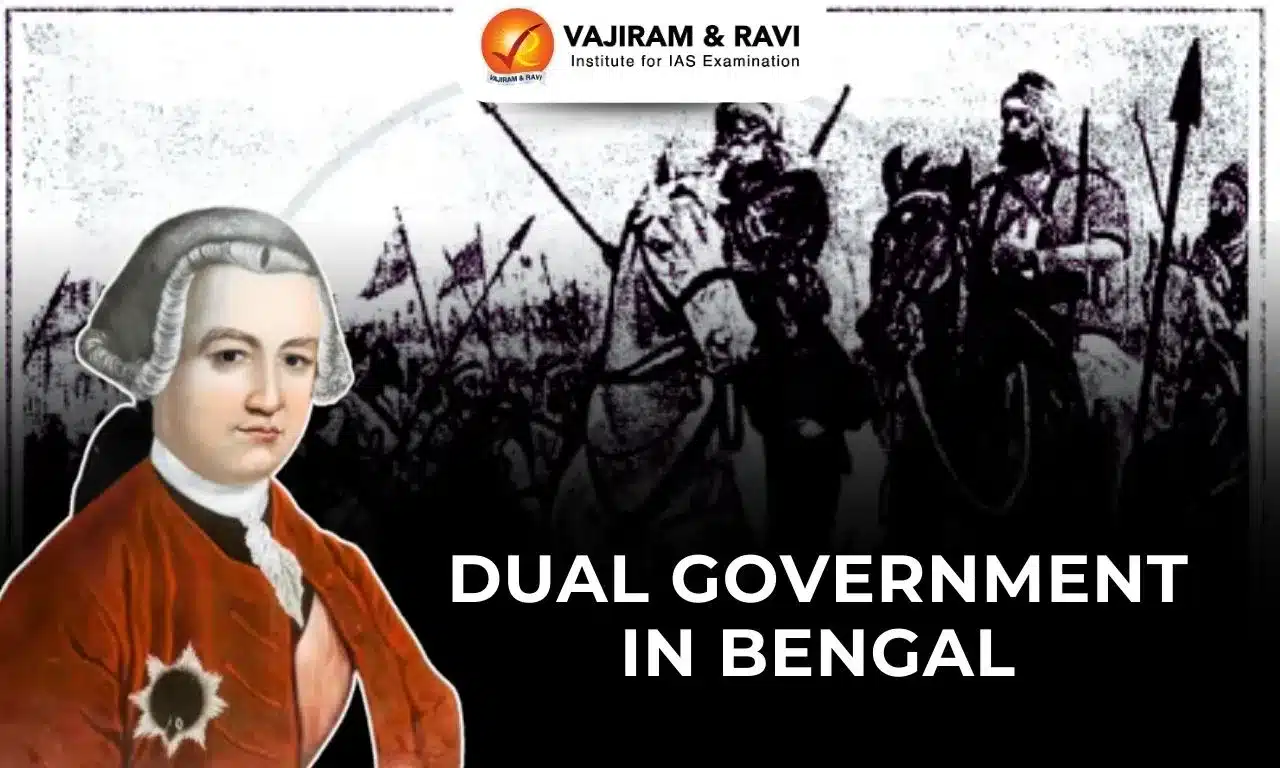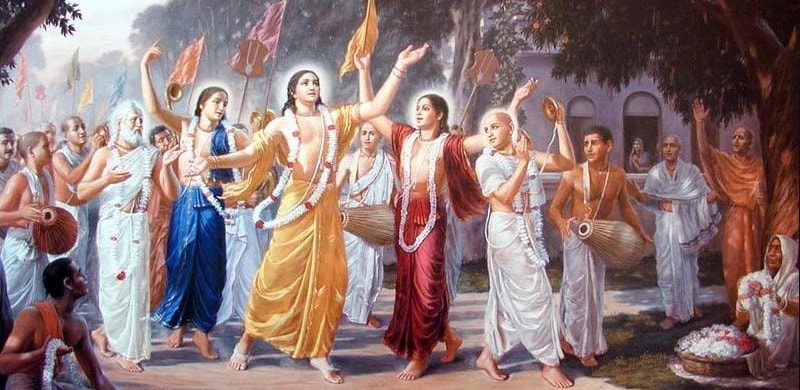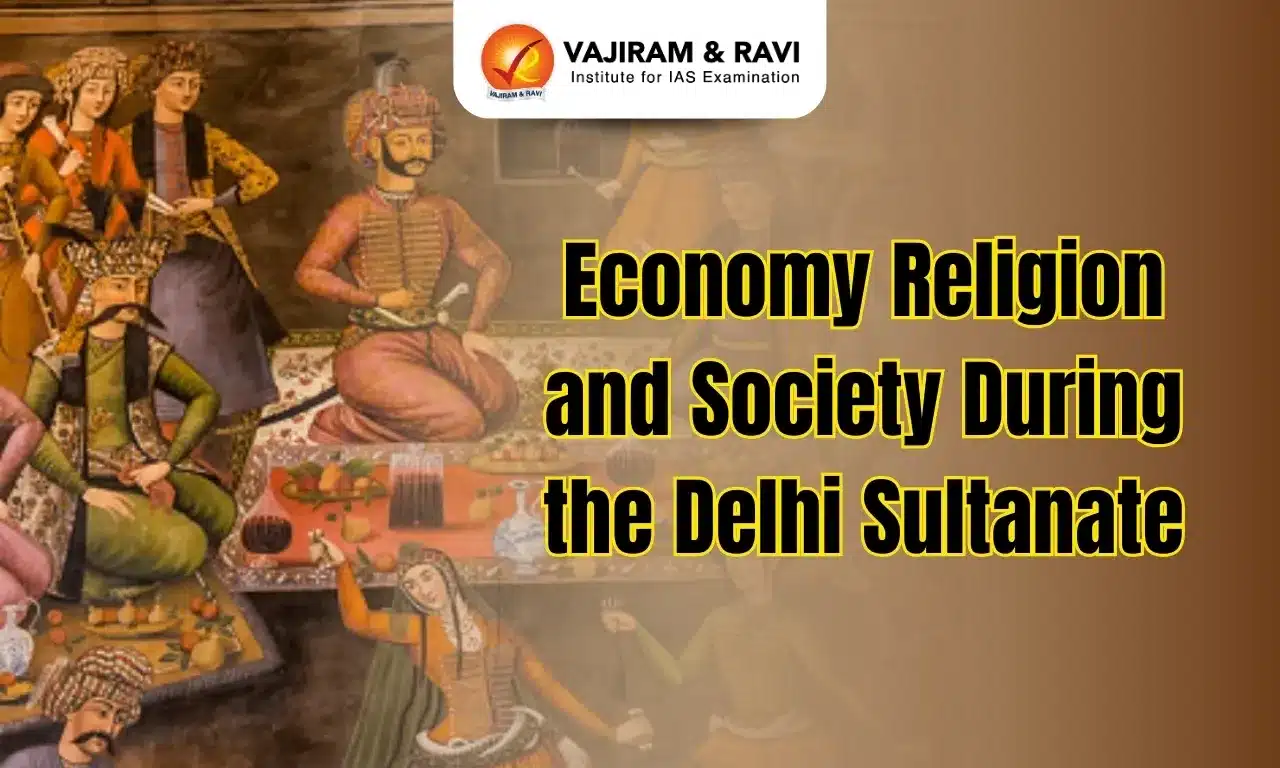The Dual government in Bengal was implemented in 1765 by Robert Clive, the Governor Presidency of Fort William in Bengal. This system of dual administration divided the governance of Bengal into Diwani and Nizamat. The Diwani focused on revenue collection by the British East India Company, and the Nizamat dealt with law and order placed under the Nawab.
The dual government in Bengal allowed the Company to exercise its control without direct responsibility. It led to severe administrative failure, economic exploitation of the masses and social unrest. Finally, the system was abolished in 1772 by Governor General Warren Hastings for better governance in Bengal.
Dual Government in Bengal Background
The dual administration system in Bengal was introduced after the Battle of Buxar. This battle reshaped the power dynamics between native rulers and the British East India Company. The Company won the battle leading to the signing of the Treaty of Allahabad with Shah Alam II in 1765. Under this treaty, the British got the Diwani rights over Bengal and the right to collect taxes and administer the territory.
Battle of Buxar
The Battle of Buxar was fought on October 22, 1764, between the combined armies of the Nawab of Bengal, Mir Qasim; the Nawab of Awadh, Shuja-ud-Daula; and the Mughal Emperor Shah Alam II, with the English forces under Major Hector Munro. The British East India Company won the battle, making them the dominant power in Bengal.
What was the Dual Government In Bengal?
After the Treaty of Allahabad in 1765, Robert Clive introduced the Dual Government system in Bengal, where both the Nawab and the British East India Company played a role in governance. While the Company exercised control over revenue collection (Diwani), judicial and police powers (Nizamat) were nominally left with the Nawab. To manage the administration, Clive appointed deputies, known as Naib Diwan and Naib Nazim.
- Muhammad Reza Khan served as Naib Diwan for Bengal, responsible for revenue collection on behalf of the Company, and Naib Nazim, overseeing judicial and police powers nominally under the Nawab. Similarly, Raja Sitab Roy held the same roles for Bihar.
- This arrangement allowed the Company to control Bengal's governance without assuming direct responsibility.
- While the Nawab retained his title, he functioned under the supervision of the Company through Muhammad Reza Khan (Naib Diwan), effectively becoming a puppet ruler.
- The Company's influence over the Nizamat was further solidified through its power to nominate the Naib Nazim.
Advantages of Dual Government in Bengal to the Company
With the dual government administration, the company retained the actual sovereign power of ruling Bengal, while the Nawab appeared to be the authority. The Nawab, being the Nizam, had the duty of administration but did not have the resources to discharge it. The Nawab also bore the brunt of bad governance as most administrative actions and decisions were carried out in his name.
- On the other hand, the company benefited from the power and resources without bearing any direct responsibility.
- The revenue collected under this system became the major income for the company, and only a small annual payment was made to the Mughal Emperor.
Role of Robert Clive
Robert Clive was instrumental in establishing British dominance in Bengal. He fought the Battle of Buxar and signed the Treaty of Allahabad in 1965, obtaining the Diwani rights over Bihar, Bengal, and Orissa. Robert Clive led to the establishment of the dual government in Bengal, making the Nawab only a nominal head. Clive focused more on maximising the company's revenue collection through the system.
Failure of Dual Government in Bengal
The dual system led to an administrative collapse and affected the people of Bengal. Neither the Company nor the Nawab emphasised administration and public welfare.
- Misuse of Dastaks: The Company’s employees misused the Dastaks (passes), ruining Indian merchants and domestic industries like silk and cotton.
- Burden on Peasants: The Company’s policy of allocating land to the highest bidder led to an unnecessary burden on peasants, with many of them abandoning their lands, leading to the Famine of 1767-69.
- District division: For administrative efficiency, Bengal was divided into thirty districts in 1769 by the Company, with each district having an English Supervisor. However, this did not produce any positive outcome, as the Supervisors prioritised Company revenue and private businesses undermining peasant welfare and effective governance.
Abolition of Dual Government of Bengal
In 1772, Governor-General Warren Hastings abolished the Dual Government of Bengal. The system had failed to deliver efficient governance, leading to widespread administrative breakdown, economic hardship, and social unrest. The division of responsibilities between the British East India Company and the Nawab caused confusion, corruption, and mismanagement. Hastings recognized that it was unsustainable to maintain separate control of the Diwani and Nizamat.
-
- To streamline governance and restore order, Hastings ended the Nawab's remaining Nizamat powers and consolidated both revenue and judicial authority under the direct control of the Company.
- As compensation for the loss of political power, the Nawab was granted an annual pension of 16 lakh rupees for his personal expenses, marking the complete transition of Bengal’s administration into British hands.
Last updated on December, 2025
→ Check out the latest UPSC Syllabus 2026 here.
→ Join Vajiram & Ravi’s Interview Guidance Programme for expert help to crack your final UPSC stage.
→ UPSC Mains Result 2025 is now out.
→ UPSC Notification 2026 is scheduled to be released on January 14, 2026.
→ UPSC Calendar 2026 is released on 15th May, 2025.
→ The UPSC Vacancy 2025 were released 1129, out of which 979 were for UPSC CSE and remaining 150 are for UPSC IFoS.
→ UPSC Prelims 2026 will be conducted on 24th May, 2026 & UPSC Mains 2026 will be conducted on 21st August 2026.
→ The UPSC Selection Process is of 3 stages-Prelims, Mains and Interview.
→ UPSC Result 2024 is released with latest UPSC Marksheet 2024. Check Now!
→ UPSC Prelims Result 2025 is out now for the CSE held on 25 May 2025.
→ UPSC Toppers List 2024 is released now. Shakti Dubey is UPSC AIR 1 2024 Topper.
→ UPSC Prelims Question Paper 2025 and Unofficial Prelims Answer Key 2025 are available now.
→ UPSC Mains Question Paper 2025 is out for Essay, GS 1, 2, 3 & GS 4.
→ UPSC Mains Indian Language Question Paper 2025 is now out.
→ UPSC Mains Optional Question Paper 2025 is now out.
→ Also check Best IAS Coaching in Delhi
Dual Government of Bengal FAQs
Q1. Who introduced the system of Dual Government in Bengal?+
Q2. What are the diwani and Nizamat rights?+
Q3. What were the effects of dual government in Bengal?.+
Q4. Who abolished dual government in Bengal?+
Q5. What were the main characters of the dual government in Bengal?+

















